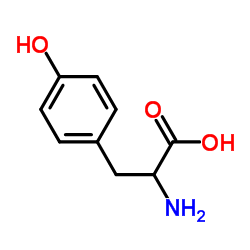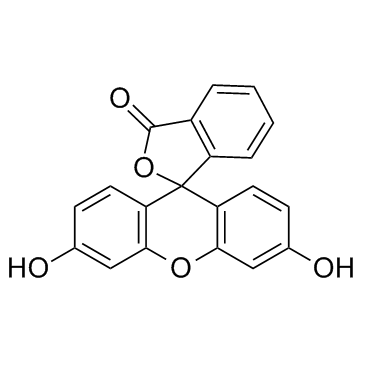| Structure | Name/CAS No. | Articles |
|---|---|---|
 |
cholesterol
CAS:57-88-5 |
|
 |
H-Gly-Ala-OH
CAS:3695-73-6 |
|
 |
DL-Tyrosine
CAS:556-03-6 |
|
 |
Fluorescein
CAS:2321-07-5 |
|
 |
DL-Alanine
CAS:302-72-7 |